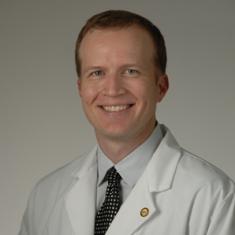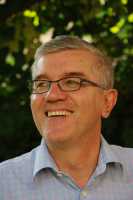Author Interviews, Weight Research / 07.08.2015
Spinach Extract May Reduce Hunger and Caloric Intake
MedicalResearch.com Interview with:
Candida J. Rebello and Dr. Frank Greenway
Pennington Biomedical Research Center
Baton Rouge, Louisiana
MedicalResearch: What is the background for this study? What are the main findings?
Response: Appethyl™ contains concentrated thylakoid membranes extracted from spinach leaves. By interacting with fats and slowing fat digestion thylakoid membranes promote the release of hormones that reduce feelings of hunger and keep consumers full for a prolonged period. In previous studies the spinach extract has been shown to promote reduction of body weight and fat mass (1-3). Studies have also shown that consuming the thylakoid membranes reduces the urge for chocolate and sweet foods in women (2) (4, 5). Research suggests that women tend to crave sweet foods whereas men prefer savory foods. Hence, thylakoids may influence reward mechanisms to promote an inhibition over eating, especially since some of the hormones released in response to delayed fat digestion influence areas of the brain that control reward-induced eating. Further, unlike pharmaceutical drugs such as orlistat, the spinach extract delays but does not prevent fat digestion. Therefore, the excretion of undigested fat which is an unpleasant side effect of these drugs is avoided. Thus, the effect of the extract on reducing the desire to eat is of great interest, especially if its effects are mediated in part through the reward system. Reward mechanisms can be activated outside of conscious control. In the current food environment which is rife with enticing food choices, reward-induced eating assumes importance.
The main findings of the study are that consuming 5 g of the spinach extract reduced hunger and increased fullness over a two hour period. Males in the study ate 126 kcal less under the thylakoid condition compared to the placebo.
(more…)




















